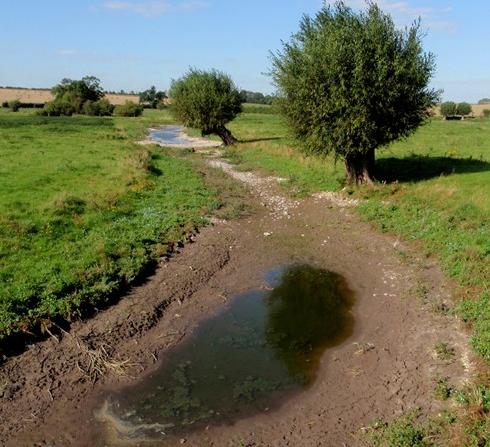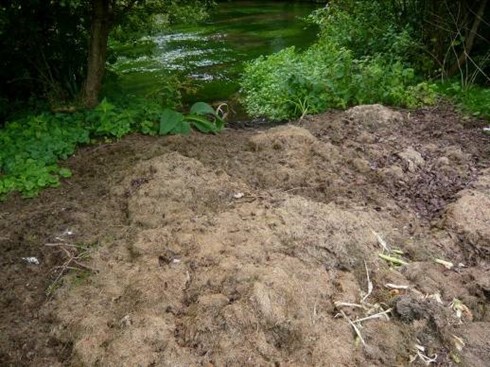Get InvolvedHow can you help?These are a few things that everyone who cares about the river can do to help: Living in the Meon Valley?We invite you to take part in a survey to share your views on the River Meon and the Meon Valley Partnership: https://www.surveymonkey.co.uk/r/MVP_RiverMeon Report Pollution
Report pollution incidents (especially if you see dead fish in the water) or poaching or anything suspicious in the river to the Environment Agency hotline.
The number to call is 0800 80 70 60. More details available here. | | 
Dead fish are a sign of pollution | | | | Be Water Wise
Use water wisely. It is a precious resource! The water you use in your home and garden may not be taken directly from the river, but it is taken from the same source that feeds the river – the ground water held in the chalk aquifer.
When water levels in the river are low, the water temperatures can increase to levels that are lethal for wildlife, and pollutants will not be diluted. Click here for some simple ideas on reducing your water consumption, and visit this page also. | | 
Use water wisely help prevent a
dried up river
| | | | Keep it Clean & Healthy
Help keep the river water clean and healthy. Most of us know that you should not throw rubbish into the river, but did you know that compost heaps and septic tanks can pollute the river?
Compost heaps close to the river will gradually leak a toxic liquor into the river, especially following rain. Keep compost and all garden waste including grass clippings well away from the river bank, and never throw them into the river. | | 
Keep grass cuttings away from
the river bank | | | | Maintenance
Septic tanks can be a major source of pollution if they are not properly maintained, so watch out for smelly tanks and signs of pollution, pools of water, sludge, foam or grey fungus.
How safe is your heating oil storage tank? Here
Subsidised heating oil tank replacement - Here
| | 
Grey fungus can be caused by leaky septic tanks | | | | Clean, NOT tidy
Keep it clean but NOT tidy! It is tempting to want the river to look tidy, like a garden, by trimming the plants on the banks and removing twigs and wood that fall in the river.
These messy bits of tangled vegetation, leaves and woody debris are a fundamental part of the food web of the river and they provide vital cover where fish can hide from the egrets and herons.
If you keep a good ‘fringe’ of native plants on the river bank, not only will there be more wildlife, but the roots of the plants will hold the bank together and stop it from eroding much more effectively than a hard man made bank.
| |  A thick fringe of wild flowers on
the bank is good for the river and wildlife |
Managing grassland for horses
There is a growing awareness of the possibility of horse ownership and/or equestrian business giving rise to localised high nutrient loading of surface waters and groundwaters. Whether you have one pony or manage a large racehorse stud or livery the following guide has something for you. It is part of a series of guides the Downs and Harbours Clean Water Partnership have produced to help local people combat issues concerning both drinking water quality and damage to aquatic environment. The guide provides information on best practice on the land, in yards and on tracks. It also contains information on advice and grant support available through the Downs and Harbours Clean Water Partnership.
The guide covers:
- Managing horse pastures effectively and economically
- Managing manure to maximise its use and comply with legalisation
- Preventing runoff to limit environmental impacts that can effect water quality
- Yard infrastructure improvements
- Stable waste management
A copy of the leaflet can be found Here | | |
|
|